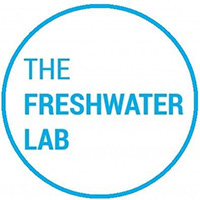We think of rivers coursing in a natural path, whereas pipelines direct flows according to human will. The Chicago River was harnessed, straightened into a canal and pressed into the service of conveying coal, oil and other products. It was even reversed in order to carry unwanted water away from the city through the Chicago Sanitary and Ship Canal.
Although it is not covered like a pipe, the river functions like a pipeline. Oil and gas pipelines become known for their breaches and their damages. During a rainstorm, the river can also overflow with sewage.
Everything that courses through a pipeline is introduced. Such things enter a pipeline through a set of decisions made by the pipeline operator. When a corporation wants to move oil toward a market, they push it through a pipeline. When a factory wants to get rid of chemical byproducts, they pipe it outside the plant. After we have used water, we send it down the drain. When Chicago could no longer confront its waste, it built the canal. Pipes reflect intention in their very direction.
The Chicago River does not act alone. When we consider how canals fit the definition of pipelines, Illinois waterways can appear as a vast pipeline network. Each river is conjoined one to another in an engineered connection between the Great Lakes and the Gulf of Mexico. This liquid pipeline network carries the waste of metropolitan Chicago southward as it cuts the path for barges to transfer petrochemical products and other commodities among regions.


